
Index:
UPDATED ✅ Do you want to know the origin, history and evolution of the technology that changed the 20th century? ⭐ ENTER HERE ⭐ and Learn Everything!
Have been 60 years of constant technological advances for the Internet to reach the heart of your daily life. We make you an unmissable account of the history of the “WWW” and the most relevant milestones in all its aspects until reaching the impact that it has reached today in humanity.
This technology has allowed the advances of the last 50 years to have been more abundant than all that we had made beforehas undoubtedly been an enhancer of our evolution to an unprecedented level.
From its beginnings and current applications, to the social networks and its influence on the world economy, check out this complete guide on the history of the internet.
What is the Internet and what is this revolutionary technology for?
Internet is a unique word, an expression that was born with this wonderful invention and sums up one meaning: a decentralized computer network with a global reach. Six words that cover 60 years of research, billions of euros in investment and millions of jobs around the planet.
It is a system of networks linked by protocols that offer different services on demand. The only thing the Internet can’t totally do for you is sleeping and eating, although it can suggest how to do these things.. It is a complete revolution that leaves the power to choose in the hands of each one of us. And that is what it is about, giving people more control over the different choices they make in their lives.
Internet Applications What are all the uses that can be given to this technology?
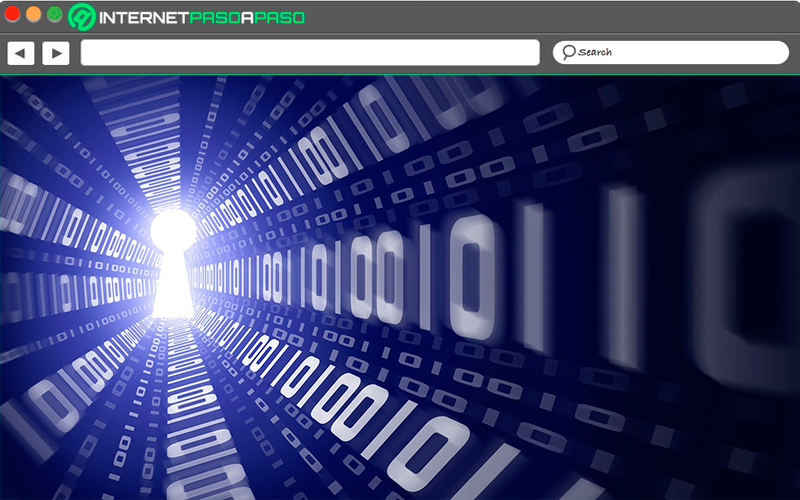
Only at the end of the year 2020the number of Internet users in the world increased by 7% and the figure exceeded the barrier of 4.5 billion people connected.
These are the main uses that can be given to this technology:
get close to other people
Today we have new and powerful ways to communicate with others. You choose if you want direct and reciprocal communication with one or more peopleor an alternative communication in which you hope to have new followers.
Social networks and instant messaging, both with different paths, reach the same destination: getting closer to other people. As of June 2020, there were more than 13.8 billion accounts open on the 15 most influential messaging and social media platforms in the world. Only Facebook, YouTube and WhatsApp add up to more than 6 billion active accounts. These are the three platforms that dominate the global market.
Recreation
It is the second reason why a user connects to the Internet. Well for watch videos, listen to music, play online games and check out scenery in the google image bank. As not everything is working and studying remotely, the use of the Internet for recreational activities is important.
Just to refer to the video game industry, it is estimated that the average “Gamer” is about 34 years old and it is expected that in the year 2021 the industry will reach about 180 billion euros in profits. 60% of Americans are active in some kind of online video game, of which 45% are women.
Entrepreneurship
What is not on the Internet does not exist, this phrase applies with greater emphasis to companies that try to follow traditional marketing plans without taking digital marketing into account. For example, 51% of potential buyers first search Google for a product purchase reference before making their decision.
For what you do not appear in this search engine, you are not in anything. It is expected that by 2021, e-commerce sales will increase to 4.5 billion euros in the world. And for new ventures, it is ideal to sell and offer services on the Internet, because on a small scale the resources to start a business are minimal, compared to what a large industry must invest and maintain its online reputation.
Chronology of the history of the Internet When was it born and how has it evolved until now?
After the end of the Cold War, the fall of the Berlin Wall and the dissolution of the Soviet Union, In 1957 in the United States, the Advanced Research Projects Agency, known as ARPA, was created.. This organization created the foundations of what the Internet is. In 1962 it is possible to connect computers in a decentralized way in a single space.
In 1965 they manage to connect a computer in Massachusetts with another computer in California. By 1969 there were already four universities with the Arpanet project, to maintain communications in case of war. In 1973, harpnet managed to connect institutions in England and Norway. The TCP/IP protocol begins to be used in 1983the official year of birth of internet harp and soon after it would be known only as Internet.
Background to its birth What were the innovations that preceded the Internet?
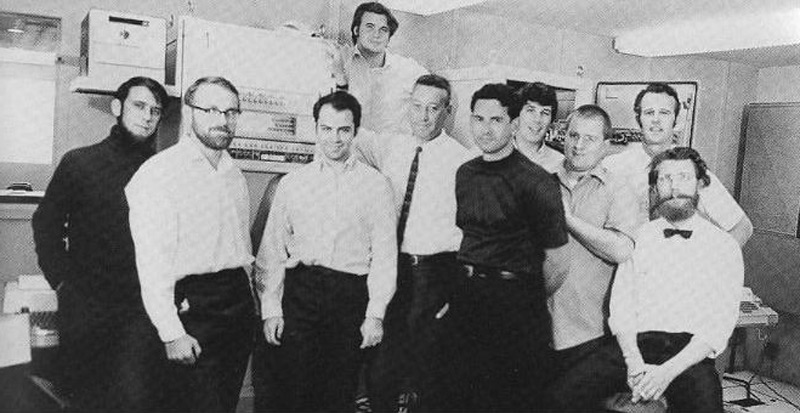
The first big steps in the foundations of the Internet are made in the military area. The high diplomatic and military tension makes the US and the Soviet Union seek ways to establish secure communications and protect data.
In 1969, Bell Laboratories created “UNIX”, that allowed access from one computer to another and a higher level and more sophisticated standard protocol known as TCP/IP. By 1985, the Internet was established as communication tool and data passing between researchers via emailwhich is the first form of communication that has currently survived.
What is known today as the Internet is actually a set of independent local and wide area networks:
CERN, the European Internet
It was created in 1954 and is present in 22 states of the European Union. It is an interconnected set of particle accelerators, but its early research fueled the development of the Internet. By December 1990, the basic concepts of the web, URLs, HTTP Y HTML.
On April 30, 1993, the center released the source code of the “WWW” and catapulted it into the public domain.. By the end of 1993, thanks to this fact there were more than 500 known web servers and a year later there were more than 10 thousand servers.
ARPANET the first version of the Internet that we know today
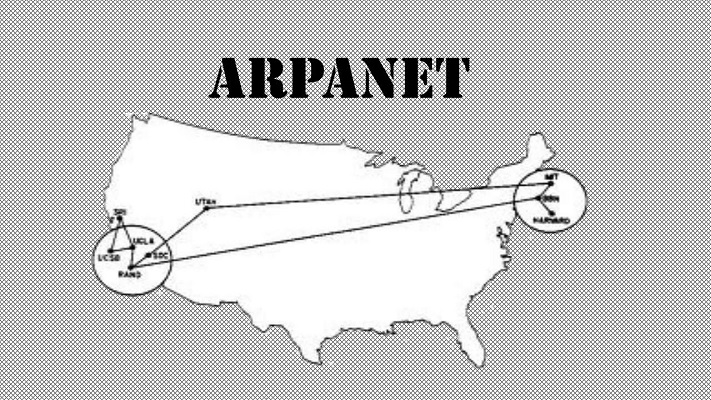
The project is consolidated when the University of California, Los Angeles, the Stanford Research Institute, the University of California, Santa Barbara, and the University of Utah connect with each other. In December 1969, Arpanet took its gigantic step and becomes a constant development project until now.
Several projects in parallel, in the United States and Europe, concentrate on the same path to implement a computer network communicated to different academic and state institutions. The first communication through ARPANET took place on October 29, 1969, between UCLA and the Stanford Research Institute. As a curious fact, the first message between both universities was the word “login”.
Birth of the DNS protocols. How did they revolutionize the industry?
So far, everything was based on numbers, mathematical formulas and domains indecipherable to the average eye. What happen after? The DNS protocol was created, which in a nutshell is a domain name server. It is the database that connects with user requests to enter quickly to a web.
They translate information from one domain to the IP adress corresponding and back. If the DNS did not existinstead of placing in the address bar www.google.com, you would have to put the numbers “216.58.217.36.
Birth of email and the USENET
When Arpanet was created, a precarious communication service between people is created, idea that was not on the table because the communications were going to be between machines only. Researchers from connected universities and some entities in the United States were forced to have personal communications, they made that caveman email into something more useful. Thus they began to exchange ideas and projects in a comfortable way. The first email exchange between two computers was completed in 1971.
The first emails went from one computer to anotherthen from one to many. By the end of 2020, there were more than 3 billion email users. 50% of buyers in the world use email to close deals.
At the same time, Usenet is a way of sharing files between users that requires an intermediate server where the content is hosted. One person goes up for another person to go down. Unlike P2P servicewhich goes directly from one user to another, without an intermediary, the Usenet uses servers that host all that content that is later reused. It is an increasingly popular service and is like sending an email, but instead of composing messages, you send files of all kinds.
The World Wide Web changed everything

It started as a tool for scientists, in 1989, but when Tim Berners-Lee realized his work and its potential started a technological revolution that to this day benefits humanity. It started without colors, photos or videos. There were just paragraphs and paragraphs of content and links.
Thanks to the World Wide Web, there are Google and Facebook.. The nation project at CERN, European Center for Nuclear Physics, as a way to communicate with 10,000 other scientists. By 1990, the Internet was only used for sending emails and sharing files in a precarious and basic way.
How did the first search engines improve access to information on the web?
Yes, Google he is the king of the seekers, but he was not the first. “Archie” was created in 1990 and indexed file names, thus creating a public database of files that had names that matched the search. In 1991 he was born “Gophers”, then the seekers Veronica Y Jugher, but these last two searched the files in the database Gophers.
In 1997, started to work Wandex, East It is the first search engine in history. since it launched the first “spider” to track all the titles of the websites that existed at that time, it took two years to index them all. By 1993 the JumpStation search engine operatesa primitive Google because it used spiders and only indexed the titles and the summary of each website.
Among 1993 and 1998 there were other similar projects, but then came Google to give a hard blow to the market. The search results for him were better and through word of mouth he was gaining ground. For the year 2010, a 84.96% of web searches were done on Google.
.com domains and their popular bubble, how did they impact the world economy?
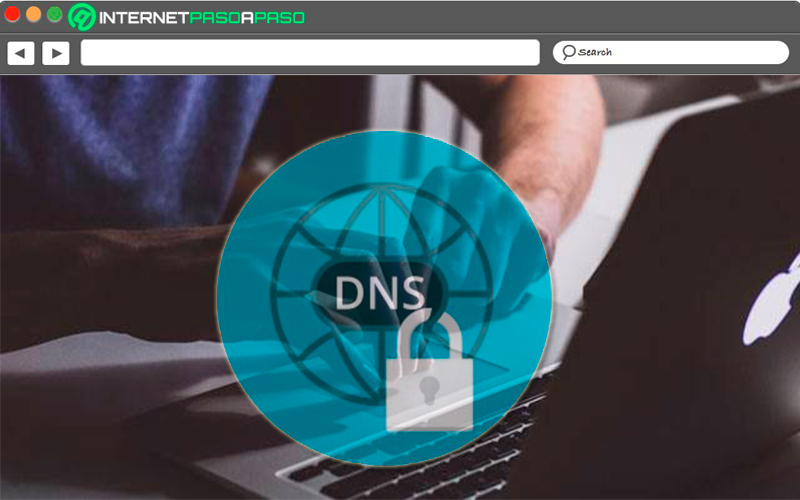
The first “.com” domain was created on March 15, 1985 by Symbolics., computer manufacturers. At that time, the Internet was not designed for commercial companies and less to channel requests or sell. The “.com” domain had more to do with government companies that required an Internet presence for status reasons.
The company verisign was the first to guarantee easy and secure registration to any commercial or non-commercial company that wanted to have a domain on the web. It came to have more than 219 million queries per day that they offered. Almost 40 years after this contribution, extensions allow security and give clarity to users about what the website they visit is about.
Social networks and the consumer industry
Everything on the web is based on consuming information, gaining new experiences, knowledge and skills. Back in 2002, two Silicon Valley entrepreneurs created Fotolog, the first social network in history and the first for photographs. this platform allowed uploading a photo a day and receiving dozens of commentsthere were no buttons “likes” Nor nothing alike.
In 2006 they received 10 thousand new followers every day, but in 2016 they had to close due to the power acquired by the competition. They were joined MySpace, Hi5, Buzz and SecondLife. all with the same pattern of periodic publications and reception of reactions. This gave way to the impulse of data consumption, consumption of information that today prevails in networks such as Instagram, where we already see sections of stores, content management and instant messaging.
Influencers and their impact on popular culture
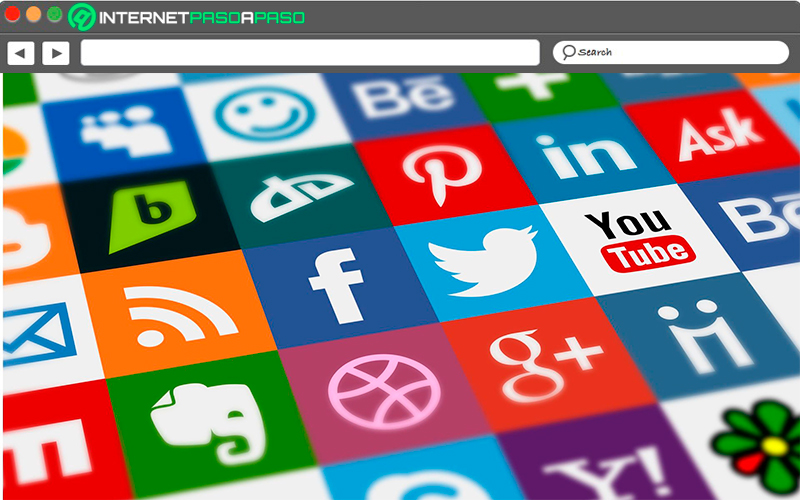
After the boom of social networks today, a group of people is born who take monetary advantage of their daily publications on the networks. The native influencer was conceived in the same social networkfor the consumption by users of its publications, for the usefulness of its content and above all for the ability to generate a purchase choice in people.
The personalities who already had a long way to go in the public eye are not natives of social networks, however they also have an effect on their followers. How lucrative is it to be an influencer? A person with 500 thousand reapers can easily collect 200 euros for posting a single message on your timeline. While a user with 50 thousand followers, charges on average between €50 and €100.
Popular culture has changed with this practice, marketing plans include influencerswho set purchasing trends, lifestyles and induce ways of thinking based on the consumption of products and services.
The Internet of Things “IoT” to bring everything to life
Although we see this concept more applied to daily life due to technological advances, in reality the idea originates in 1999. The term “Internet of Things” was coined by Kevin Ashtonone of the founders of MIT Auto-ID Center. He thought that one day the time would come for objects to share data over the Internet to make our lives easier. How is this? A smart home in which the heating is regulated automatically.
In which from time to time the sprinklers in the garden turn on with the right frequency according to the seasons. A factory where a minimum number of people are required to assemble things. The idea is to give life to everything to facilitate people’s daily lives and not to replace them. The idea has adapted quite well to the area of mobile phones, smart TVs and perfect synchronization between watches that measure the pulse. and blood pressure, and these data reach the history of the specialist in charge.
Internet